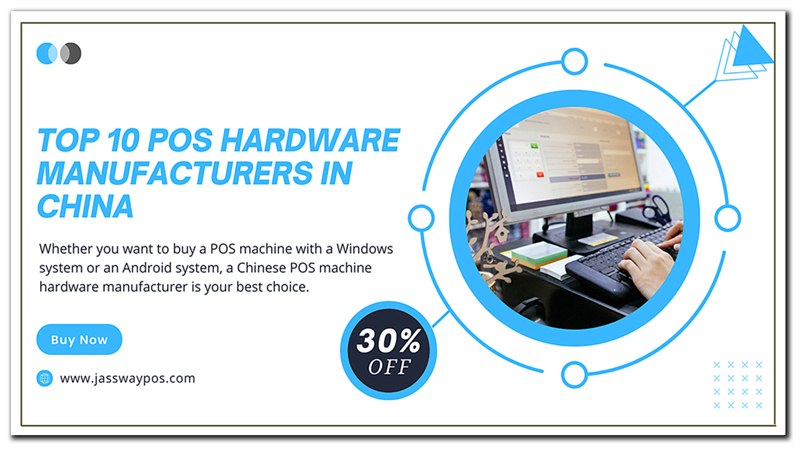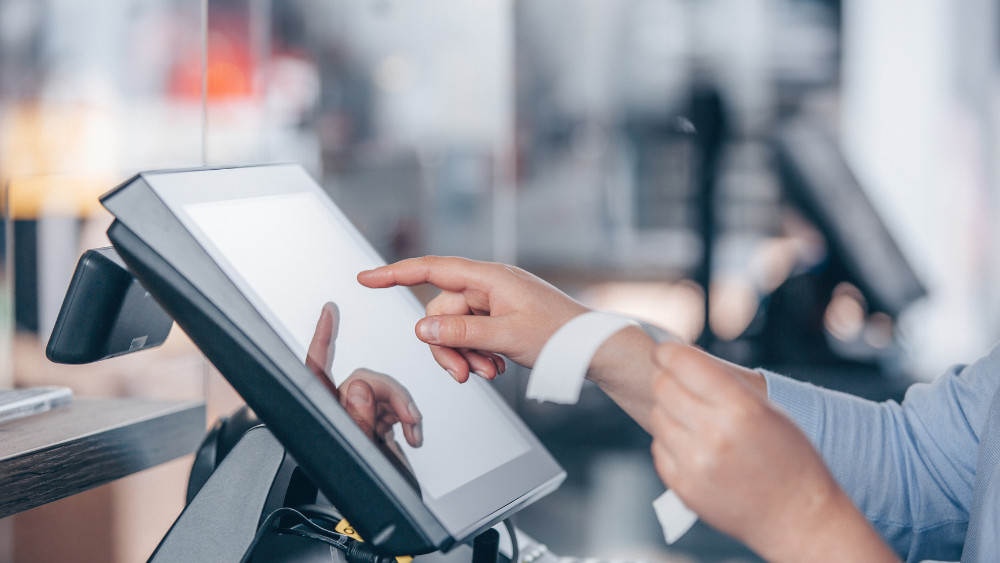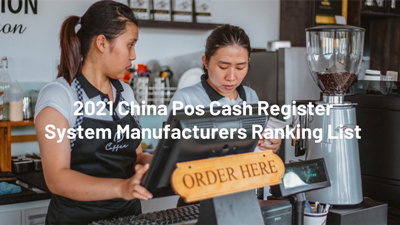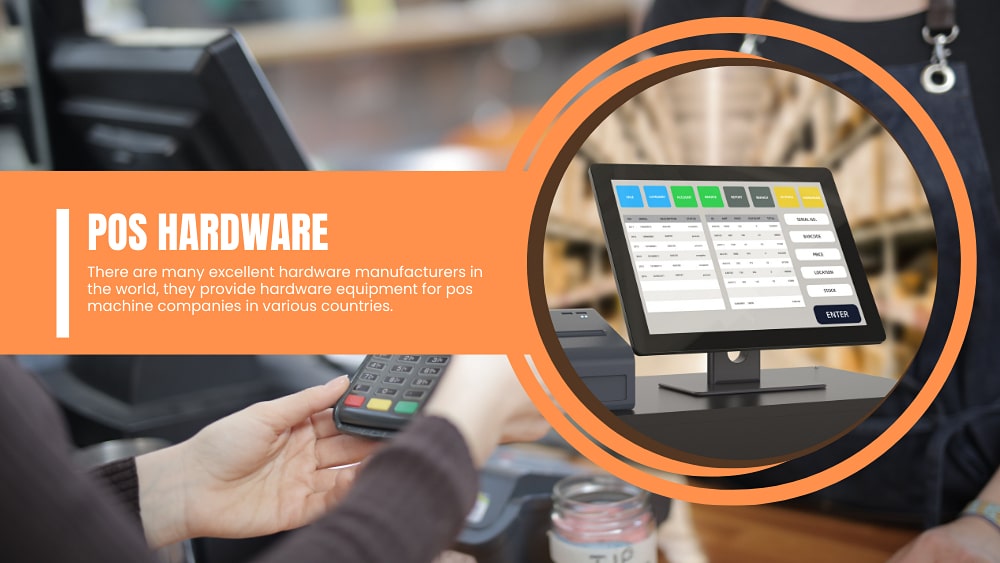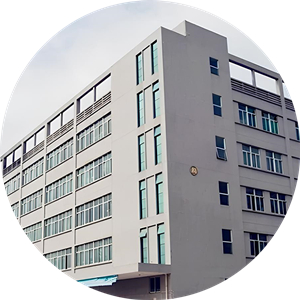
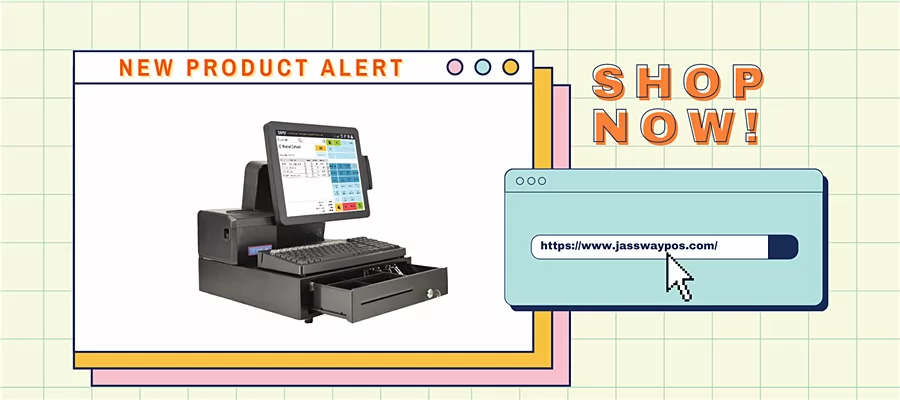
Commercial electronic cash register is the product of the development of microelectronics technology and the combination of modern commodity circulation management concepts and technological development, and commercial electronic cash register is one of the essential electronic equipment for modern and automated business management. The earliest cash register in the world was made in 1879 by the brothers James Liddy and John Liddy in the United States. Its function only realized business record memo and supervision of misconduct by hired persons.
By the mid-1980s, a powerful point of sales (POS) terminal system was produced and became the third-generation cash register. The biggest difference between POS and ECR is that it has the characteristics of direct and instant account entry and has a strong online network. With real-time processing function, POS integrates computer hardware and software to form an intelligent terminal system, which becomes a commercial workstation that can work independently or in a network environment.
1. Quick and correct payment, customer satisfaction
Through the entry of customer purchase information, the cash register responds quickly and correctly calculates the transaction amount and displays information such as receivables, actual receipts, change, etc., which reduces the cashier’s burden on the transaction amount. The calculation time improves the cash register speed, especially the application of commodity barcode technology, which triples the cash register speed, reduces the time of a single transaction, improves operating efficiency, and facilitates customers.
2. Support multiple payment methods
Support customers' cash payment methods, and support payment methods such as checks, credit cards, foreign currencies, gift certificates, and bills of lading. Even in the same transaction, payment in multiple ways greatly meets the needs of customers at different levels.
3. Performance statistics, for management services
The cash register can record the sales performance of the cashier in business and the customer's shopping information, and can print various forms of reports, directly for management services, and provide objective basis for decision makers.
4. Accurate checkout and prevent fraud
The application of the cash register makes the store's money and goods under strict control, shortens the checkout time, and improves the correctness and accuracy.
The structure of the electronic cash register is mainly composed of two types of electronic devices and mechanical parts. There are seven components:
With the development of modern technology, the accessory equipment of electronic cash registers has gradually increased, and the common ones are mainly as follows.
1. Printer
In addition to the built-in printer, the electronic cash register can also be connected to an external printer (such as kitchen printers and receipt printers used in the catering industry).
2. Barcode reader
Also called bar code scanner, it is a bar code reading device. From the appearance, it can be divided into four types: pen type, handheld type, desktop type, and card type. According to the light source, it can be divided into two types: infrared light and laser.
3. Magnetic card reader
It is a device for reading or writing magnetic recording signals. Read the information recorded by bank cards, discount cards issued by merchants, and member magnetic cards into the cash register. There are many types and models, and it can be divided into three types: single track, double track, and triple track in terms of the number of tracks.
4. Electronic scale
When the goods are weighed on site, the electronic scale transmits the weight and its data to the cash register.
5. Modem
Modem is the connection and signal processing equipment that transmits the cash register data to the computer through the telephone line.
6. Backup power
That is, UPS (Uninterruptible Power Supply), which is used to supply power to the cash register directly from the battery after the power is cut off.
7. Communication networking interface
Its hardware consists of a set of chips or cards and physical ports, and its software consists of a set of programs. There are mainly communication interfaces between cash registers and 485 interface cards for connecting cash registers to computers.
1. The first type of cash register
There are fewer departments supported by the first class of machines. Generally less than 10, PLU (commodity price list) is less than 350, and the settlement method is few. Generally, the amount list, the cashier management list, the department sales list and the PLU sales list are provided, and there is no communication ability.
2. The second type of cash register
The number of departments supported by the second type machine is more than 20, the number of PLUs is more than 300, it supports more than four settlement methods, more than four report functions, and has the function of recalling data after temporary storage, which can also be called open talks Open accounts, can communicate with a computer, and have an interface for cash register accessory equipment. Program curing, chip specialization, and low user intervention are important distinguishing signs of Class II and Class III machines.
3. The third type of cash register
The third-class machine, also known as the PC-BASE type cash register, is a new generation of PC-based electronic cash registers. It adds information processing capabilities on the basis of the second-class machine's information collection function. At present, the cash registers commonly used in shopping malls, supermarkets and other stores are mostly the third type cash registers, also known as POS cash registers.
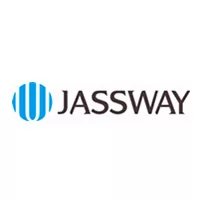
JASSWAY - POS Hardware Manufacturer
Shenzhen Jassway Infotech Co., Ltd --- Leading professional manufacturer and service provider in touch POS industry
.png)
